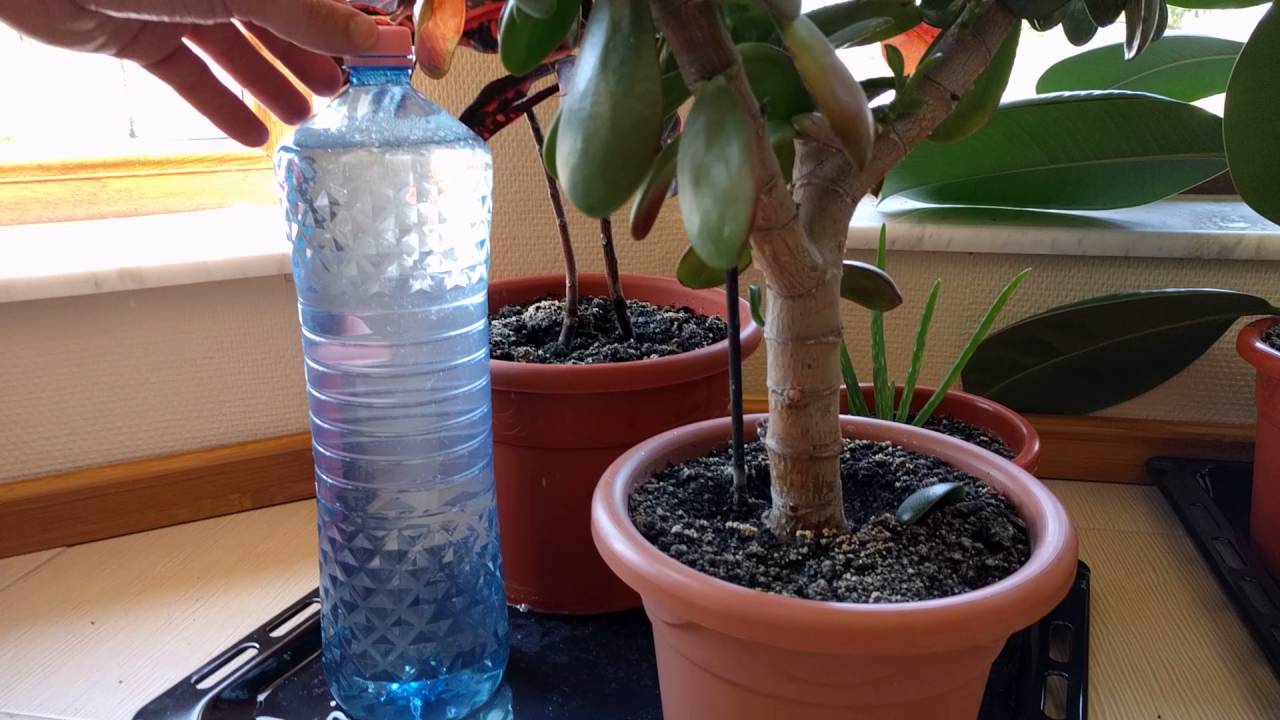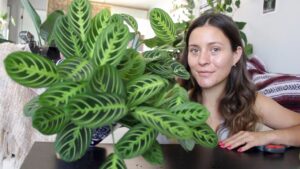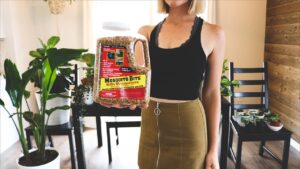Before watering your house plants, it’s important to choose the proper water for your particular plant. Rainwater is most suitable. Acid-loving houseplants like well water. Softened water is bad for most plants, and some don’t like chlorinated water. For best results, use a watering can with a long spout that directs the water around the soil without wetting the leaves, which can invite fungus.
Morning watering
Morning watering for house plants is considered the best practice for the purpose of providing the plants with adequate moisture. Compared to the afternoon watering, the morning watering allows the soil to better absorb the water. However, it may be difficult to maintain this schedule. Morning watering can also be time-consuming, especially if you are unable to check your plants during the day. Nonetheless, it is important to water your houseplants as early as possible, even if they are only indoors.
To properly water houseplants, check the soil’s moisture level by measuring the weight of the plant’s pot. In addition, moisture meters can help you gauge when your houseplants need the most water. Ensure you use water that is soft, but not too much. Morning watering is also best for plants that need to be kept moist for long periods of time. To water houseplants properly, make sure to check the soil’s moisture level and follow the directions on the packaging.
After potting your houseplants, check their condition. Check for wilted leaves or brown spots. If they look dull or unhealthy, they probably need more water. Additionally, this habit will make the plants susceptible to diseases. Check your plants for any signs of disease by checking them on a weekly basis. If you cannot make this routine, consider using an app that will remind you when to water them. That way, you can ensure you do not miss a single day.
Reverse watering
The advantages of reverse watering for house plants are many. It helps the plants develop strong roots, avoids water from running through the pot, and prevents pesky insects. It is recommended to use soft water with room temperature instead of tap water. Watering from the bottom also avoids splashing water on the leaves. Reverse watering is also good for houseplants that do not like wet leaves. But it does take longer than the traditional method.
To reverse water for house plants, it is important to remember that some plants are more sensitive than others. For example, the spider plant, or dracaena, will not tolerate water with fluoride. Also, no plant will appreciate the shock of water hitting its roots, so fill the container with clean water before you use it. Reverse watering for house plants is recommended for plants that have been damaged by the chlorine or nutrient content of tap water.
Reverse watering for house plants should be done once every two weeks or so. To water a plant, place it in a large bowl or container, and cover with water for 10 minutes. Use a finger to check the soil to see whether the moisture is still just below the surface of the soil. If it isn’t, soak it longer. Leaving it too long may cause overwatering, or even root rot.
Soil moisture meters
Soil moisture meters can give you accurate readings of the soil’s moisture. They’re not perfect, however. You can accidentally damage the roots of your plants if you force the probe into the soil. The best soil moisture meter will give you a reading somewhere between wet and dry. In addition to watering your house plants, a soil moisture meter can be used to measure the moisture level of your potting medium.
Soil moisture meters come in a variety of styles and prices. Choose one that is simple to use and doesn’t cost hundreds of dollars. You can also use a dial-type one. Remember, though, that dial-type meters tend to give inaccurate readings and will not hold up to repeated use. If you plan on using a soil moisture meter on a daily basis, make sure it comes with a warranty.
Regardless of what type of soil moisture meter you choose, it is important to follow the instructions carefully. If you don’t follow these instructions, your soil moisture meter may not be accurate enough. If you see that the soil moisture meter consistently says that the soil is too dry, don’t water it any more than necessary. In addition, soil moisture meters are prone to malfunction and can give an inaccurate reading if there is a high concentration of salt in the soil.
Chlorinated water
While some communities do not allow chlorinated water for house plants, others allow it. Chlorinated water may be safe for your plants, but you should consider its effects. Some studies have shown that chlorinated water can cause some plant symptoms, including browning of leaf edges. In addition, excessive fertilizer and overwatering can increase this problem. If you’re concerned, there are ways to avoid chlorinated water for house plants.
Chlorine is an organic chemical that binds to the surface of soil particles, killing many microorganisms. Chlorinated water may negatively affect the topmost layer of soil, such as potting soil. Moreover, heavily chlorinated water will impact only the top half inch of soil. Chlorinated water for house plants may not be harmful for the roots, but it may negatively affect the soil’s bacteria and fungi.
Another option is rain water. While this source is free of bacteria, viruses, and chlorine, it does not have the necessary nutrients for plants. Rainwater should be room temperature. Although boiling tap water kills most pathogens, it still exposes your plants to chemicals. If you have more than a few houseplants, consider using rainwater. Alternatively, you may want to collect rainwater and store it in milk jugs or other bottles. Regardless of what type of water you use, make sure to check the soil often and don’t overwater your plants.
Another popular myth about house plants is that tap water needs to be left out for 24 hours before you can use it. While this may sound like a reasonable measure, it is not enough to affect most plants. Instead, water with room temperature is perfect for most plants. However, if you have several indoor plants, leave some watering containers out a day before you use them. It doesn’t contain enough chlorine to harm your plants.
Reverse watering on a fixed schedule
If you have a problem with forgetting to water your house plants, you can use a spreadsheet. This will help you keep track of watering days and times, as well as your specific plants. It also helps you learn when to water your plants. It is important to remember that plants need more water in their growing season than in their off-season. Humidity in your home can affect your watering schedule, so keep this in mind when you create your spreadsheet.
You can also water your houseplants on a fixed schedule. But, this method may cause your houseplants to become overwatered in some areas and underwatered in others. It’s better to test the soil before setting a schedule, as watering frequency varies throughout the year. If you have new houseplants, you may have to check them twice a day to determine if they need water.
Reverse watering house plants on a set schedule is also called bottom-watering. The idea behind this technique is to allow the plant to soak up water without using water from above. Afterwards, the water level will drop, so you don’t risk overwatering or causing damage to your plants. Reverse watering can also be an effective preventative measure if your houseplants are sensitive to over-watering.
Reverse watering in sunny, dry weather
One of the best ways to water your houseplants is to reverse water them when the weather is sunny or dry. Rainwater is good for plants, but it can be problematic if it is softened. Some plants do not like chlorinated water. Another way to avoid over-watering is to use a watering can with a long spout that channels water around the soil. Avoid wetting the leaves of your plants, as this can encourage the growth of fungus.



